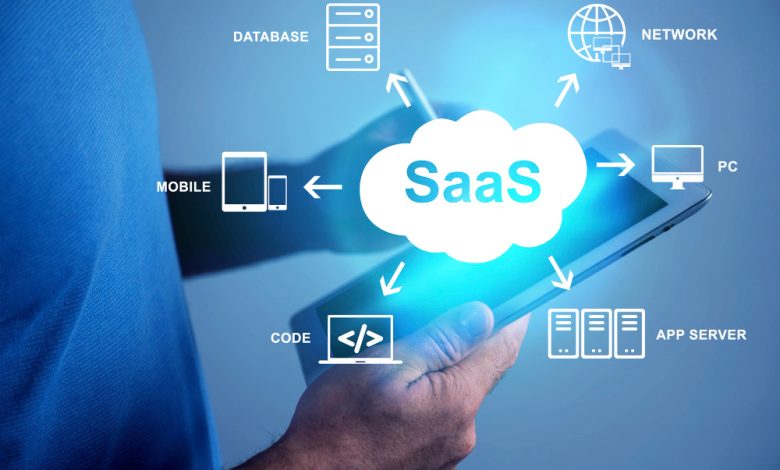
In today’s fast-paced digital transformation, Software as a Service (SaaS) has emerged as one of the most widely adopted and impactful models in the realm of software and cloud computing. SaaS has become the preferred choice for both enterprises and individual users due to its flexibility, cost efficiency, and ease of deployment and maintenance.
What is SaaS (Software as a Service)?
Software as a Service (SaaS) is a software delivery model where applications are hosted by a service provider and accessed via the internet, rather than being installed on local computers or servers. These are typically web-based applications managed entirely by the service provider.
Core Characteristics of SaaS:
-
Internet-based access: Users can access software from anywhere with an internet connection.
-
Subscription model: SaaS is usually offered through monthly or annual subscriptions instead of one-time license purchases.
-
Automatic updates and maintenance: Software updates and patches are handled by the provider without user intervention.
-
Scalability: Services can be scaled up or down easily based on demand.
-
Security and backup: Providers usually ensure enterprise-grade data security and regular backups.
What are some popular SaaS applications?
-
Google Workspace (Gmail, Docs, Sheets)
-
Microsoft 365 (Word, Excel, Teams)
-
Salesforce
-
Dropbox
-
Slack
What are the benefits of SaaS?
-
Cost Efficiency: No need for hardware or complex infrastructure.
-
Accessibility: Use software from any device or location.
-
Speed of Innovation: New features are added frequently.
-
High Security: Top-tier encryption and data protection.
Challenges and Limitations:
Despite its advantages, SaaS faces several challenges:
-
Dependence on reliable internet connectivity
-
Concerns over data privacy and control
-
Limited customization in some complex enterprise scenarios
SaaS in the Global Software Market:
According to industry reports, the global SaaS market is projected to surpass $295 billion by 2025, driven by the increasing reliance on cloud services and digital transformation across sectors.
What’s the difference between SaaS, PaaS, and IaaS?
| Model | What It Offers | Example |
|---|---|---|
| SaaS | Complete, ready-to-use applications | Google Docs |
| PaaS | A platform to build and deploy apps | Heroku |
| IaaS | Virtual infrastructure and computing power | Amazon EC2 |
SaaS represents a paradigm shift in how we access and use software. It offers a flexible, cost-effective, and secure solution that meets the evolving needs of modern businesses. With the continued growth of cloud technologies, SaaS will remain a cornerstone of the digital ecosystem


